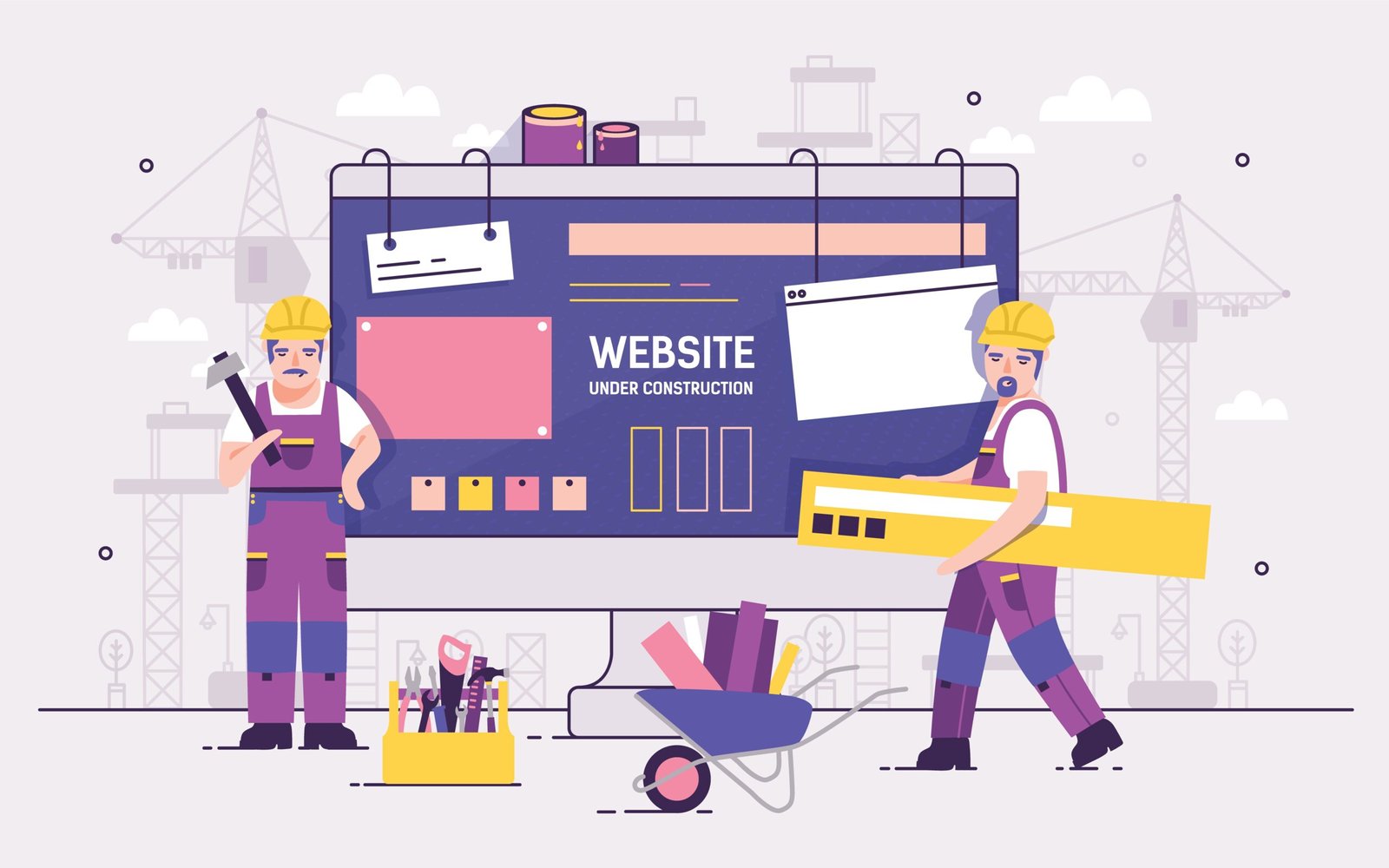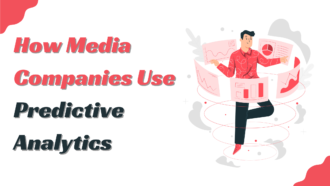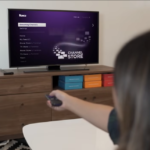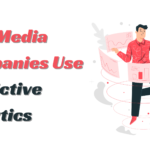Exploring the Impact and Importance of Typography in Successful Website Design
- 1 Importance of Typography in Web Design
- 2 Overview of the Blog
- 3 The Basics of Typography
- 4 The Impact of Typography in Web Design
- 4.1 The Influence of Typography on Visual Communication
- 4.1.1 Here’s How:
- 4.2 How Typography Improves User Experience
- 5 Essential Typography Elements in Website Design
- 6 The Role of Typography in Brand Identity and Conversion
- 7 The Future of Typography in Web Design
- 7.1 Trends in Web Typography
- 7.1.1 Notable Trends Include:
- 7.2 The Impact of New Technologies on Typography
- 8 Case Studies of Successful Website Design Using Typography
- 9 Conclusion
Typography is the art and method of arranging type to make the written language more appealing and recognizable. While it might seem like a small detail, typography can make a massive difference in the overall user experience in website design.
Importance of Typography in Web Design
Typography significantly influences a website’s look and feel and is crucial for successful communication.
Key Points to Consider:
- Establishes a Business’s Voice and Reinforces Branding: Typography is a critical component of a brand’s identity. The choice of font, size, and colour all contribute to the overall voice of the business. For example, a modern tech company might choose a sleek, sans-serif font to convey innovation and forward-thinking. At the same time, a law firm might opt for a traditional serif font to communicate reliability and professionalism.
- Directs Users through Hierarchy and Layout: Effective typography helps guide users to the most essential information on a page. By using different font sizes, weights, and colours, designers can create a visual hierarchy that directs attention to key elements such as headlines, subheadings, and call-to-action buttons.
- Improves Readability, Accessibility, and User Engagement: Good typography enhances the readability of content, making it easier for users to consume information. This is especially important for users with visual impairments, as proper font choice and spacing can significantly improve accessibility.
- Evokes Emotions and Sentiments: Typography can evoke specific emotions and sentiments associated with particular brands. For example, a playful, hand-drawn font might evoke a sense of fun and creativity, while a sleek, minimalist font might convey elegance and sophistication.
- Influences Conversion Rates: Intuitive layout and easy reading can convince users to take desired actions, such as signing up for a newsletter or completing a purchase. Good typography can improve the overall user experience, making it more likely for visitors to convert into customers.
Overview of the Blog
In this blog, we’ll explore the mechanics of typography, discuss how to choose typography that suits your brand’s identity and enhances the user experience and examine the direct correlation between excellent typography and increased reader engagement and conversion rates. So, please fasten your seat belts; it’s time to dive into the world of typography!
The Basics of Typography
Typography, often considered the unsung hero of web design, is a valuable instrument for setting a website’s tone and personality. Let’s take a closer look at what it means and its history in web design.
Definition of Typography
In essence, typography is the art and technique of arranging type to make written language readable, appealing, and easy to digest. It covers all elements involved, such as font style, structure, colour, and spacing. Importantly, typography in web design does not only refer to written content; it includes any area in a website where type is used, from logos and banners to infographics and calls-to-action.
History of Typography and its Incorporation into Web Design
The craft of typography originated from the time of ancient manuscripts, with handwritten texts evolving into movable type during the age of the printing press. However, it was not until the advent of the internet and digital publishing that typography indeed took off. Digital typesetting opened up endless possibilities, allowing for custom fonts and greater control over text appearance. As web design began to flourish in the late 90s, designers took notice of typography’s power to impact user experience, incorporating it to enhance visual appeal, readability, and the overall communication of a website’s message. To this day, effective typography remains a cornerstone of successful web design.
The Impact of Typography in Web Design
Typography plays a key role in a website’s effectiveness. This incredible tool impacts the overall aesthetic, usability, and user experience.
The Influence of Typography on Visual Communication
The choice of typography significantly determines the visual appeal and effect of any site.
Here’s How:
- Sets the Mood: Different typefaces and fonts can evoke different emotions in visitors. A playful script might suggest a light-hearted atmosphere, while a rigid geometric font might evoke feelings of seriousness and professionalism.
- Reinforces Brand Identity: Typography helps communicate the personality of the brand and strengthens brand identity.
- Guides Attention: The strategic use of typography can guide a user’s attention to the most important information.
Typography is a valuable tool that, when leveraged correctly, can positively influence a user’s perception and understanding of information.
How Typography Improves User Experience
Good typography extends beyond aesthetics—it also enhances usability. By ensuring readability and legibility, typography allows visitors to consume content with ease. The correct use of typeface reduces the likelihood of user frustration, leading to an overall better user experience.
- Increase Readability: Good typography can make even long and complex information easier to understand.
- Enhance Navigation: Typography can guide users through a website by highlighting titles, headings, and call-to-action buttons.
In summary, effective typography enhances a website’s visual appeal and contributes significantly to its functionality and usability.
Essential Typography Elements in Website Design
A website’s typography can significantly affect its readability, mood, and overall aesthetic appeal, leading to enhanced user engagement and interaction. Here are three essential typography elements that must be crafted meticulously when developing a website.
Letter Spacing and Line Length
Balancing letter spacing, or kerning, and line length can drastically improve a site’s readability while reducing visual strain. Both factors directly influence how easily visitors can process the information presented. Too tight letter spacing can make text appear muddled, while too loose spacing may disjoint your words. As for line length, you want a middle ground—too long, and the reader’s eyes will tire quickly; too short, and reading becomes choppy.
Font Choice and Size
Font choice is critical in conveying your website’s tone and personality. Serif fonts can portray a site as more traditional or professional, while sans-serif fonts often suggest a modern and sleek design. Font size affects readability and the overall flow of the design. A size too small could inhibit reading, particularly on devices with smaller screens, whereas a size too large may disrupt the design’s aesthetics.
Text Hierarchy and Alignment
A carefully devised text hierarchy contributes to the website’s overall visual communication, guiding visitors naturally from one content piece to another. Large headlines, bold sub-headings, and succinct body text create an engaging textual landscape, encouraging visitors to continue exploring your site. Meanwhile, thoughtful text alignment—whether left, correct, centred, or justified—should be used to enhance readability and create a visually balanced page layout.
The Role of Typography in Brand Identity and Conversion
Typography is the unsung hero, with the power to shape a brand’s identity and significantly influence conversion rates.
Branding through Typography
Like colours and images, typography is a powerful tool that a business can use to convey its personality subtly subtly. Whether a company wants to appear professional, playful, creative, or minimalist, the right combination of typeface, font size, line length, and letter spacing can make all the difference.
For instance, a company in the finance sector may use serif fonts to convey reliability and trustworthiness. In contrast, a creative design studio might opt for whimsical, hand-drawn fonts to reflect its offbeat and innovative ethos. By consistently using well-chosen typography across a website, a company can strengthen its brand identity and create a memorable impression on its customers.
How Typography Influences Conversion Rates
Besides branding, typography directly influences website conversion rates. The way information is presented affects reader comprehension, engagement, and, ultimately, purchase decisions. Clear, legible, and attractive text encourages visitors to stay longer, effectively facilitating their journey from casual browsers to potential customers.
Moreover, typography can guide a visitor’s eye, leading them to crucial areas of the website like the ‘Call to Action’ buttons. For example, bold or large typography can highlight sales or special offers, while directional cues can be subtly embedded within the text itself. By adopting a strategic approach to typography, businesses can enhance user experience, keep visitors engaged, and improve conversion rates.
The Future of Typography in Web Design
Typography is an ever-evolving field in web design, set on a course of constant advancement alongside technological developments. The exploration of new possibilities and techniques is exciting, introducing us to the future of typography in web design.
Trends in Web Typography
In the recent past, we’ve seen several changes in the web typography landscape.
Notable Trends Include:
- Variations in Type: From bold and italics to shadows and strokes, enhanced variety in typography has become a significant trend.
- Font Pairing: Clever combinations of different fonts add balance and texture to web pages, making them visually stimulating and captivating for users.
- Custom Fonts: A rise in unique, custom-designed fonts creates a website’s unmistakable identity—the element that sets it apart in an ocean of virtual sameness.
The Impact of New Technologies on Typography
New technologies have played a critical role in pushing the boundaries of typography. For instance, the introduction of scalable vector graphics (SVG) has allowed for crystal precise rendering of fonts on any screen size. This not only enhances the visual quality but also significantly improves the user experience. Furthermore, advancements in Augmented Reality (AR) and Virtual Reality (VR) open up new horizons for web typography, paving the way for experiences that are more immersive and interactive. So, as we can see, the future of typography is ripe with potential, becoming an ever more critical tool for successful web design.
Case Studies of Successful Website Design Using Typography
Typography is not just an aesthetic choice—it’s a powerful tool that can significantly impact how your content is perceived. Let’s examine a couple of case studies that demonstrate how effectively used typography can result in successful website design.
Case Study 1: The Guardian
The Guardian’s website is a prime example of successful typography implementation in web design. The use of clear, bold fonts not only reflects their brand identity but also improves readability. Their headlines are distinctive and instantly recognizable because of their strong typography. Here, attention is focused on the key elements of information rather than unnecessary distractions. As a result, user experience is enhanced, contributing to the site’s overall success.
Case Study 2: Airbnb
Airbnb’s website offers another excellent illustration of typography in action. The straightforward, clean typography used throughout the site promotes a feeling of ease and relaxation, perfectly mirroring the brand’s ethos. By using typography to reinforce their message instead of overshadowing it, Airbnb ensures that visitors fully understand and engage with their service. Clean and straightforward typography contributes to a cohesive and effective visual communication strategy.
Conclusion
Recap of the Importance and Influence of Typography in Website Design
The power and influence of typography on successful website design cannot be overstated. The typefaces we select, how we arrange them, and where we place them on a webpage all contribute to a seamless user experience. Typography sets the visual tone, aids in visual communication, and ultimately dictates how visitors interact with your site, influencing their overall perception of your brand. Put, effective typography is the foundation of impactful web design.
Suggestions for Implementation of Typography Principles in Web Design
Today’s web designers have a variety of typographic tools and principles at their disposal to refine their craft and enhance site user experience.
Here are a Few Suggestions:
- Consistency is Key: Use a consistent typography scheme throughout your website to ensure it’s fluid and coherent.
- Hierarchy Matters: Using different sizes and weights of fonts can help guide your site’s visitors, signalling them to what matters most.
- Remember Legibility: The font style you choose should be easy to read on any device or screen size.
- Balance Letter Spacing and Line Length: Proper letter spacing and line length can drastically improve readability and reduce visual strain.
- Use Web-Safe Fonts: Ensure your fonts are web-safe to guarantee they display correctly across different devices and browsers.
In conclusion, typography plays a vital role in successful web design. By implementing solid typographic principles, you can ensure your site performs at its best while delivering a fantastic user experience.
















